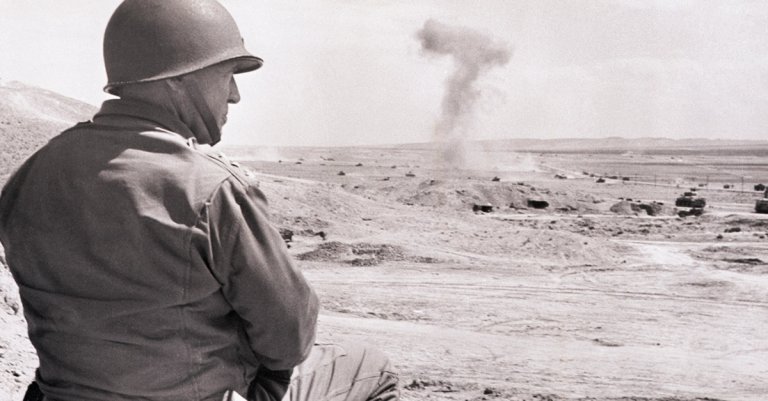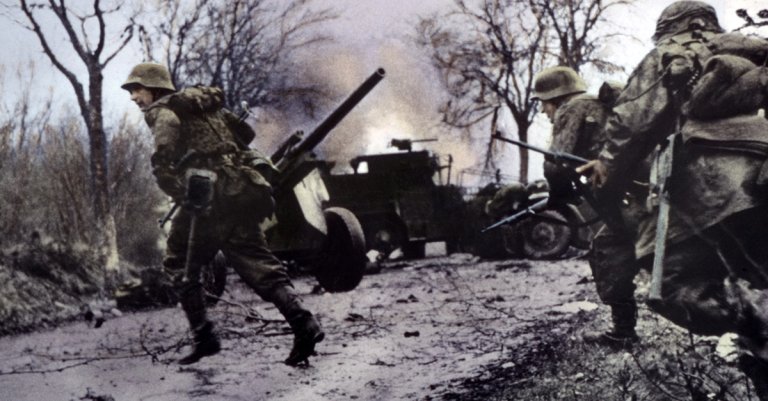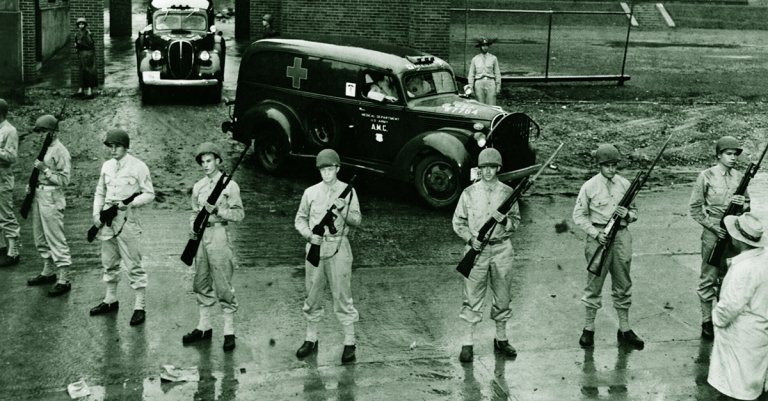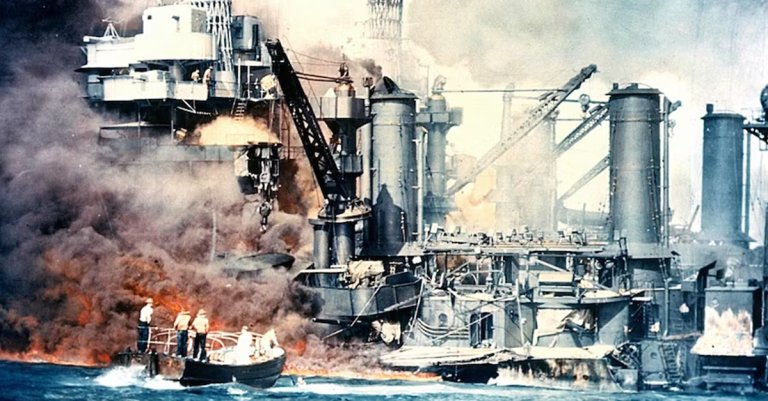

Remember that awesome scene in “Saving Private Ryan” where the paratroopers and Rangers make bombs out of their socks, stick them to tanks, and blow the treads off a German tank?

Well, the British and Germans actually had devices that did that, and no one had to take their socks off. The Americans would have had to improvise to create the same effect, but there’s little sign that they did this regularly, since even the best “sticky bombs” had some serious drawbacks.
Related: Yes, World War II soldiers could throw mortar rounds like grenades
The British had one of the first sticky bombs, the Number 74 Mk. 2. It was developed thanks to the efforts of British Maj. Millis Jefferis and many civilian collaborators. Their goal was to create a device that would help British infantry fight German tanks after most of the British Army’s anti-tank guns were lost at the evacuation of Dunkirk.

After a few failed prototypes, the British men settled on a design that consisted of a glass sphere filled with flexible explosives and wrapped in a sticky fabric of woven wood fibers. Infantrymen employed the device by throwing it with a handle that contained the fuse or swinging it against the tank.
The glass broke when the bomb hit the tank and deformed against the surface, allowing enough of the sticky fabric to attach and remain on the armor. When the handle was released, a five-second fuse would count down to the detonation.

Obviously, getting within throwing and sticking distance of a tank is dangerous work. And, while the bomb was sent to the infantry in a case that prevented it from sticking to anything, it had to be thrown with the case removed. At times, this resulted in the bomb getting stuck to the thrower, killing them.
The Germans had their own design that used magnets instead of an adhesive, making it safer for the user. It also featured a shaped charge that allowed more of the explosive power to penetrate the armor. But the German version featured the same major drawback that the British one did, the need for the infantryman to get within sticking distance of the tank.
Javelins and TOW missiles may be heavy, but they’re probably the better choice than running with bombs.





